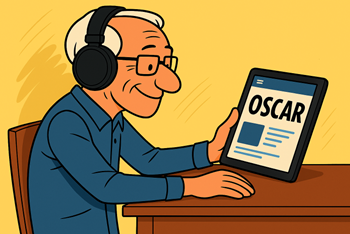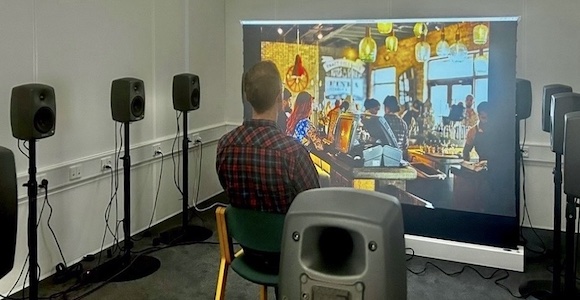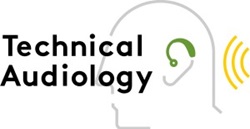Online hearing healthcare
Many people with hearing problems wait years before seeking help, which can lead to isolation, job issues, or even cognitive decline. In a cross-border project, we develop OSCAR – an ‘Online Service Centre for heAring caRe’. OSCAR brings together academic, clinical, industrial, and societal partners to develop a digital platform for supporting people with hearing problems, regardless of location. With this platform, we aim to bridge the gap between self-help and professional hearing care.

Multisensory perception with hearing and vision loss
Many adults suffer from hearing and vision loss. Because these losses are typically handled separately, the ‘true’ handicap caused by them is underestimated. Further, because routine diagnostic tests focus on sensory instead of perceptual processes, communication-related consequences are overlooked. In our lab, we investigate multisensory perception with and without hearing and vision loss to shed light on the underlying mechanisms and deficits that occur.
 Picture: Nana Olejank Hansen
Picture: Nana Olejank HansenCompensation of hearing-related deficits
A key aim of ours is to find solutions for compensating hearing-related deficits. To this end, we work on processing and fitting strategies for hearing devices (e.g., new approaches to amplitude compression). In addition, we study the perceptual consequences of new hearing technology and explore avenues for conveying communication-relevant information via other sensory modalities.
 Picture: Lars Skaaning
Picture: Lars Skaaning
Listening difficulties in children
Problems with speech understanding are common among children. To detect them, effective diagnostic tests are needed. Our lab develops speech tests suited for school-age children and EEG-based measures that do not require active participation. Using these and other audiological tests, we study listening difficulties caused by early-childhood otitis media and use our results to inform hearing rehabilitation.
 Picture: Lars Skaaning
Picture: Lars Skaaning
